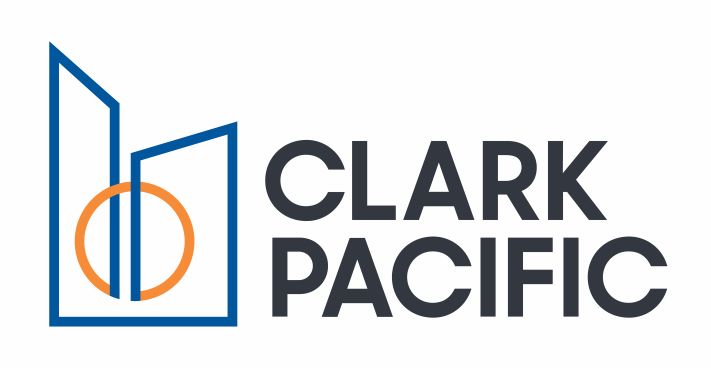Buildings Cannot Achieve Sustainability Without Disaster-Resistant Infrastructure, Construction Experts Say

Resilient construction and development may seem like a new trend, but the concept has been around for many years. Sustainability and resiliency are complementary concepts; resiliency relates more to short-term recovery from a recent crisis, while sustainability describes a long-term balance between consumption and resource availability.
Hurricane Katrina’s August 2005 strike on the Deep South created an immediate loss of more than $80B to the New Orleans economy. The Big Easy’s lack of resilient infrastructure may have cost the city more than an additional $100B between 2005 and 2012, compared with cities on the same economic paths at the time of the hurricane.
A recent RM Magazine article illustrates sustainable building also must be resilient. Though New York and New Jersey had more LEED-certified buildings than anywhere else in the world, after Superstorm Sandy more than 10 million cubic yards of debris had to be cleared and replaced with new building materials. LEED certification mattered little in a storm of such magnitude.
According to the Small Business Institute, 25% of small businesses do not reopen after a major disaster. For a building to be truly sustainable, the environment must have little to no impact on it and its occupants’ activities before and after a disaster.
Resilience is core to a building’s sustainability.
In 2014, Los Angeles Mayor Eric Garcetti announced the city would be implementing retrofit programs to prevent major damage to city services from an earthquake. The initiative has incorporated proven structural systems in construction and development projects such as the Precast Hybrid Moment Frame, significantly improving a building’s likelihood of survival in a seismic event.
Communities need the ability to recover quickly from a natural disaster. Even as summer approaches, developers and building managers around the U.S. are gearing up for another season of hurricanes and tornadoes. Property managers can better predict a building's performance during such catastrophic events by rating the building’s safety and damage and recovery times through the United States Resiliency Council. Property managers can additionally gain potential mortgage and insurance savings by including resilience-based design in their overall real estate portfolios.
To learn more on how to design and implement a resilience-based design strategy, watch the webinar series The Case for Resilient Based Design.
To learn more about this Bisnow content partner, click here.

